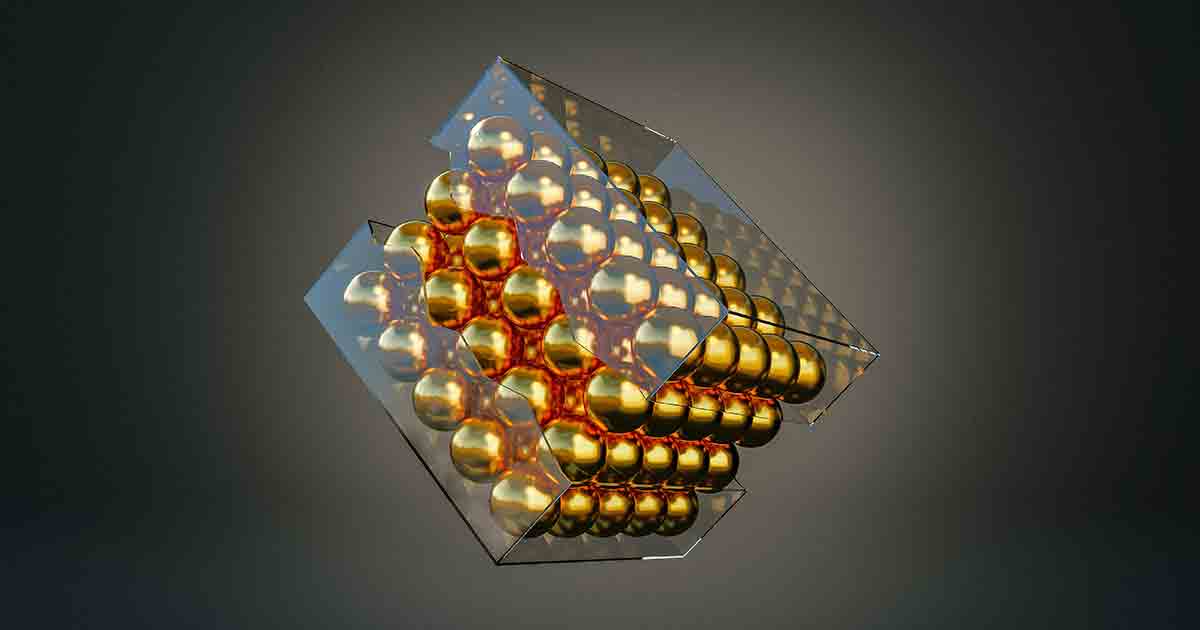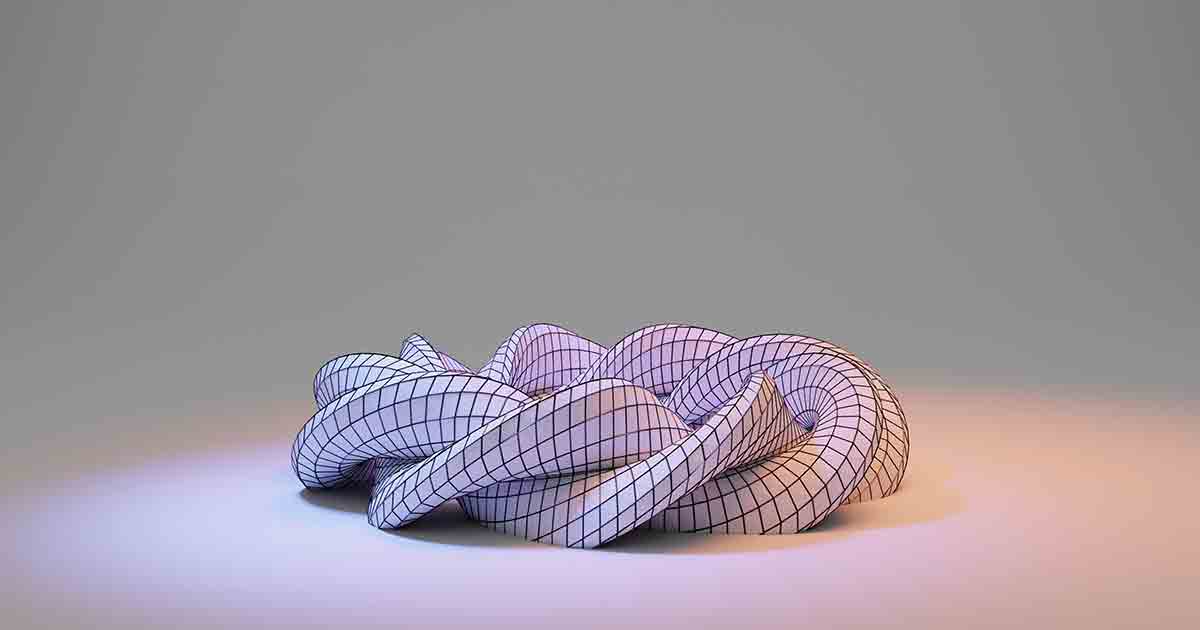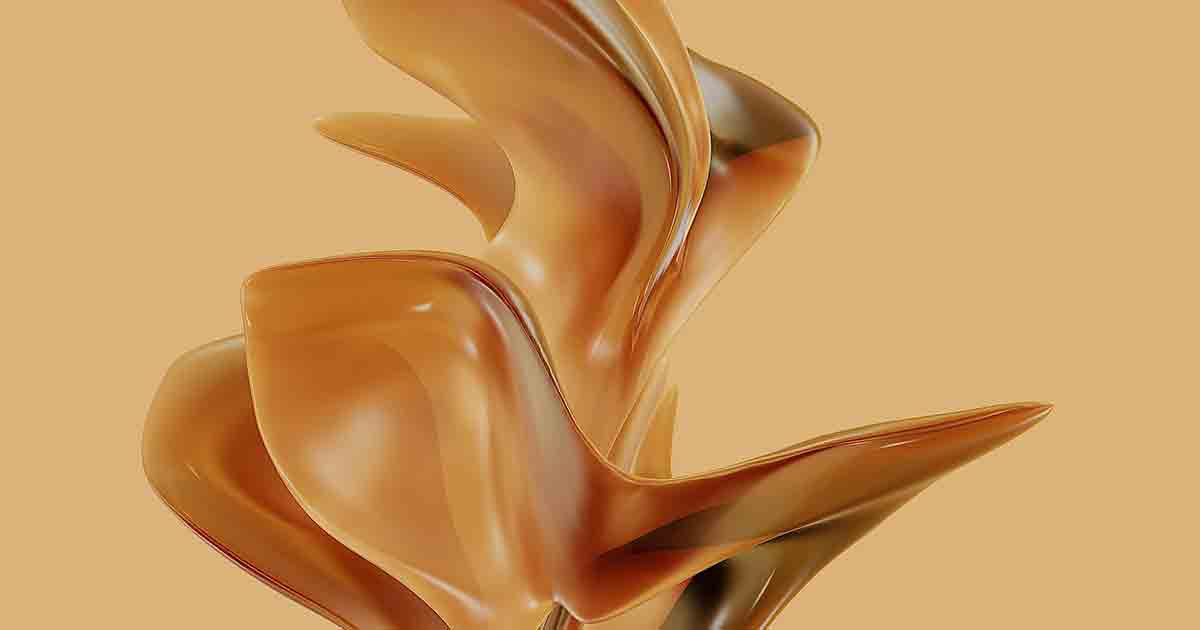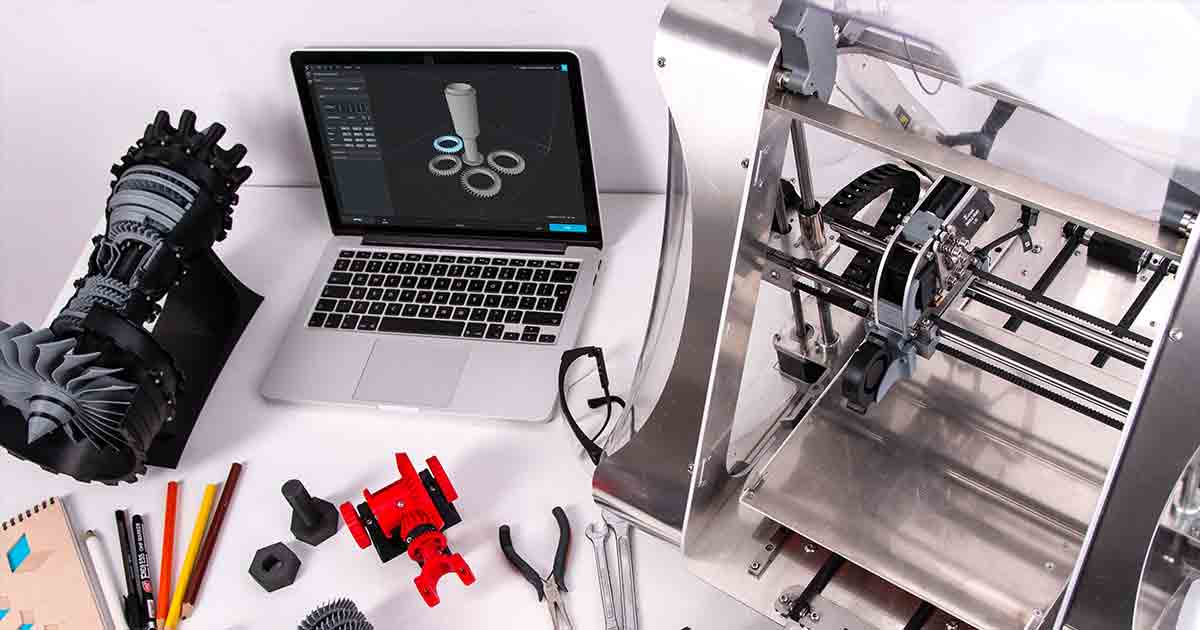How to make a 3d model of a cartoon?
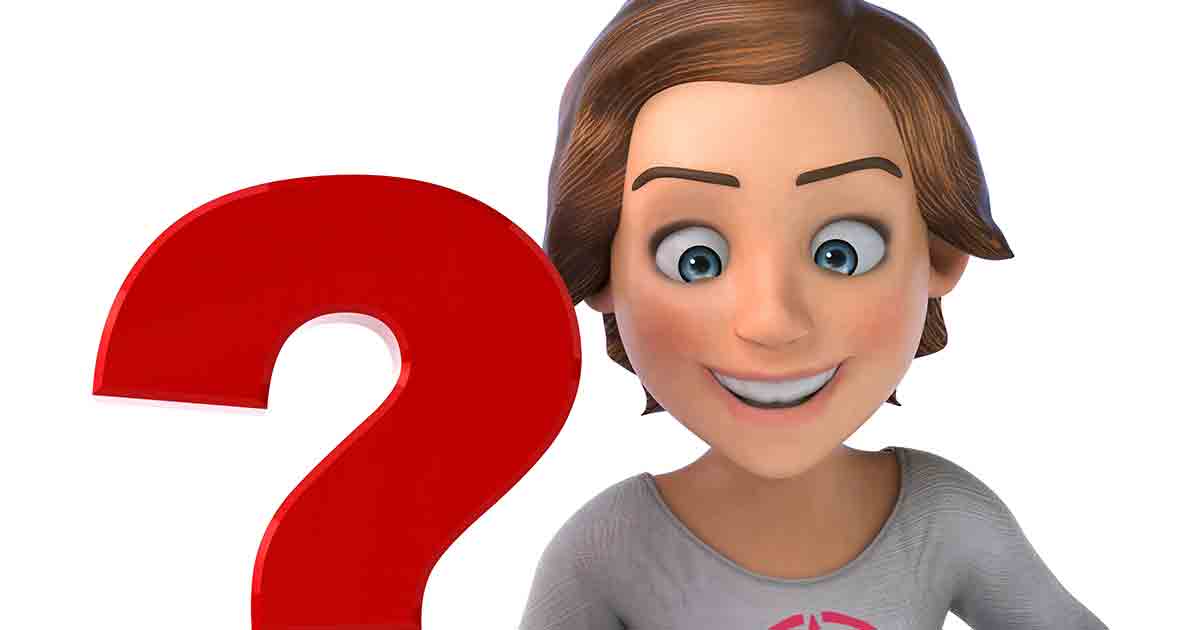
HOW TO MAKE A 3D MODEL OF A CARTOON?
HOW TO MAKE A 3D MODEL OF A CARTOON?
Introduction
3D modeling has gained tremendous popularity recently, opening up a whole extra dimension of creativity and imagination.
Whether you’re an aspiring animator, game developer, or simply a fan of cartoons, creating your 3D cartoon models can be an exciting and rewarding experience.
In this article post, we will conduct you through the step-by-step process of making a 3D model of a cartoon character, from understanding the basics to adding intricate details and bringing your creation to life.
Understanding the Basics of 3D Modeling:
At its core, 3D modeling involves the creation of three-dimensional objects using specialized software.
These models can be static images or animated characters, and they find applications in various industries, such as movies, video games, and advertising.
Regarding cartoon characters, 3D modeling allows artists to bring their imaginative creations to life with depth and realism.
Choosing the Right Software:
To begin your journey into 3D modeling, choosing the right software that suits your needs and skill level is essential.
There are several options available, ranging from beginner-friendly to professional-grade tools.
Popular choices include Blender, Maya, and 3ds Max.
When selecting, consider the user interface, available features, and community support.
Gathering Reference Images:
Before diving into the actual modeling process, gathering reference images that will serve as your guide is crucial.
These images can be sourced from various places, such as cartoons, comics, or real-life objects.
Reference images provide a visual reference for the proportions, shapes, and details you want to incorporate into your 3D Model.
Aim to collect multiple angles and poses to ensure accuracy.
Creating a Rough Sketch:
Once you have your reference images, it is time to sketch a preliminary design of your cartoon character.
This step helps establish the overall shape and proportions of your Model.
You can use traditional sketching techniques on paper or digital sketching tools, depending on your selection.
Focus on capturing the defining characteristics of your character, such as its facial features and body structure.
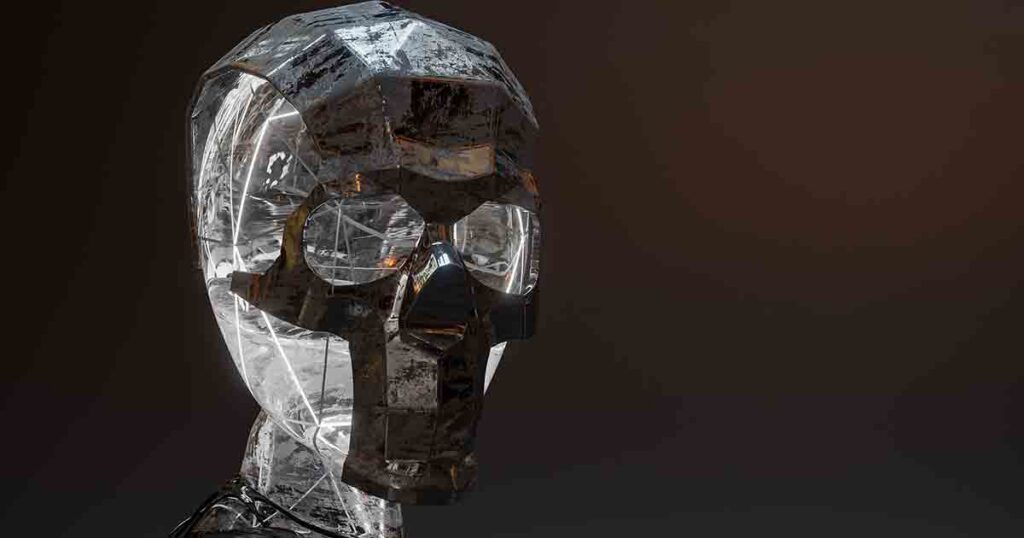
Building the Base Mesh:
With your sketch as a guide, it’s time to translate your 2D design into a 3D model by creating a base mesh.
The base mesh is the foundation upon which you’ll add further details.
Using your chosen 3D modeling software, start by creating basic shapes that resemble the significant components of your character.
Pay attention to establishing proper topology and edge flow, as these affect the Model’s deformation and animation capabilities.
Sculpting and Detailing:
After creating the base mesh, you can move on to the sculpting and detailing phase.
It is where you add finer details, refine the Model’s surface, and bring your character to life.
Sculpting tools in 3D software allow you to manipulate the geometry and add intricate features such as wrinkles, fur, or scales.
You can create realistic textures using painting and projection techniques to enhance the visual appeal.
Rigging and Animation:
To make your 3D Model poseable and animated, you need to rig it.
Rigging involves creating a digital skeleton inside the Model comprising bones, joints, and controls.
This skeleton allows you to articulate and animate the character realistically.
Rigging can be a complex process, but it enhances the versatility of your Model.
Learn about inverse kinematics, skinning, and weight painting to achieve smooth and natural animations.
Applying Materials and Textures:
Materials and textures are crucial in making your cartoon character visually appealing.
With the help of your 3D software’s material editor, you can assign different materials to various parts of the Model.
Experiment with shaders, colors, and textures to achieve the desired look.
For cartoon characters, create vibrant and stylized materials that suit the character’s personality.
Lighting and Rendering:
To showcase your 3D Model in its full glory, you need to set up proper lighting and rendering settings.
Lighting adds depth, mood, and realism to your scene.
To achieve the desired effects, experiment with different lighting techniques, such as global or directional lighting.
Rendering is generating the ultimate image or animation.
Adjust resolution, anti-aliasing, and motion blur to produce high-quality renders.
Post-Processing and Effects:
Once you have your rendered image or animation, you can enhance it further through post-processing.
Various software packages provide tools to refine your work, such as adjusting brightness, contrast, and saturation.
You can also apply effects like depth of field, motion blur, or color grading to add cinematic qualities.
Experimentation and attention to detail during this stage can elevate the result.
Exporting and Sharing the 3D Model:
After completing your 3D Model, it’s time to export it in a suitable format for different applications.
Depending on your intended use, common formats include FBX, OBJ, and STL.
If you wish to showcase your creation or collaborate with others, consider uploading it to 3D model-sharing platforms or communities.
These venues allow you to share your work with others and gain valuable feedback and exposure.
Troubleshooting Common Issues:
During the 3D modeling process, you may encounter various challenges.
Some common issues include topology errors, unwanted deformations, or difficulty achieving specific shapes.
When facing such problems, seek help from online tutorials, forums, or the software’s documentation.
Often, solutions can be found by tweaking settings, adjusting workflows, or using specialized tools.
Best Practices and Tips:
To create high-quality 3D cartoon models, following best practices and incorporating helpful tips is essential.
Here are a few recommendations:
Put in the work and practice to hone your skills and become familiar with the software.
Study anatomy and observe real-life references to enhance the realism of your characters.
Use shortcuts and hotkeys to speed up your workflow.
Experiment with techniques, styles, and effects to develop your unique artistic voice.
Seek feedback from other artists or join online communities to learn and grow.
Assure that you stay updated with the latest trends, tools, and techniques in the domain of 3D modeling.
Conclusion
Creating a 3D model of a cartoon character requires a blend of technical skills and artistic vision.
By understanding the basics, choosing the right software, and following a structured workflow, you can bring your cartoon creations to life.
Remember to gather reference images, sketch your design, build the base mesh, sculpt and detail, rig for animation, apply materials and textures, set up lighting, render your work, and post-process for that final touch.
You can create stunning 3D models that captivate and entertain with practice and perseverance.
FAQs
Q1: Can I use any 3D modeling software to create cartoon characters?
A: You can use various 3D modeling software such as Blender, Maya, or 3ds Max to create cartoon characters. Choose software that suits your needs and skill level.
Q2: Do I need drawing skills to create a 3D model of a cartoon character?
A: While drawing skills can be beneficial, they are not mandatory. Reference images and basic sketching skills can help you create a rough design to guide your 3D modeling process.
Q3: Is 3D modeling only for professionals, or can beginners try it too?
A: 3D modeling is for everyone, including beginners.
With dedication, practice, and the right resources, beginners can learn and create impressive 3D models.
Q4: Can I animate my 3D cartoon character after creating the Model?
A: You can animate your 3D cartoon character by rigging it. Rigging involves creating a digital skeleton and controls that allow you to pose and animate the character.
Q5: Are there online communities where I can share my 3D models and get feedback?
A: You can share your 3D models in several online communities and platforms.
Websites like Sketchfab, ArtStation, and CGTrader allow artists to showcase their work, gain exposure, and receive feedback from the community.
